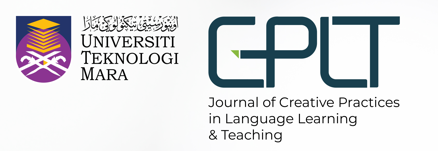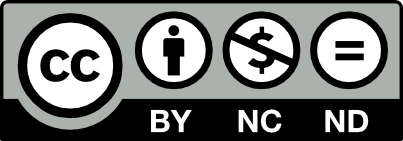Journal of CPLT Guidelines on the Application of Artificial Intelligence
JULY 2025
Overview
This document outlines recommendations for authors, reviewers, editors, and readers of the CPLT journal regarding the use of Artificial Intelligence (AI) technologies. With advancements in Generative AI (GenAI) and Large Language Models (LLMs), these tools can support various aspects of academic work, such as enhancing writing quality, generating ideas, refining visuals and analysing data. The CPLT journal supports the ethical and informed use of AI to enrich research outcomes but stresses that human insight, creativity, and critical thinking remain irreplaceable.
Potential Risks of AI Use
Despite its advantages, AI usage carries certain risks that authors must consider:
- Inaccuracies and bias: AI-generated content may reflect factual inaccuracies, outdated knowledge, or built-in biases from training data.
- Confidentiality and ownership concerns: there is a risk of unintentionally disclosing sensitive, proprietary, or copyrighted material when using AI platforms.
- Attribution issues: AI tools may inadequately reference original ideas or sources, leading to possible breaches of academic integrity.
- Data privacy violations: information submitted to AI systems might be retained and reused, possibly contravening institutional or ethical data policies.
- Privacy risks: the reuse of uploaded content by AI tools may compromise participant confidentiality and infringe upon the rights of authors.
Author Responsibilities
Authors are expected to:
- Adhere to ethical practices, copyright regulations, and data protection requirements.
- Ensure the reliability and trustworthiness of their submitted work.
- Clearly disclose AI usage in their manuscript, including:
- The name and version of the AI tool employed.
- The specific functions or tasks it was used for.
- The reasons behind its use.
Disclosure Guidelines
Authors are required to include a disclosure statement in the main manuscript file, positioned just after the References section. This should appear under a dedicated heading titled ‘Declaration of Generative AI and AI-assisted Technologies in the Writing Process’ and must clearly state the use of such tools.
- An example of the statement is as follows:
“This manuscript was developed with the assistance of [Name of Tool/Service] for the purpose of [Describe Purpose]. The tool/service supported the author(s) in reviewing and refining the content, and the authors assume full responsibility for the final version submitted for publication.”
Restrictions on AI Use
The CPLT journal does not allow the use of Generative AI for:
- Drafting scholarly manuscripts or content.
- Analysing or interpreting research findings.
- Being credited as an author as AI lacks the capacity for scholarly accountability and comprehension.
Final Note
While AI offers valuable support, it must be used with caution. Upholding transparency, ethical conduct, and human responsibility is critical to safeguarding the quality and credibility of academic research.


